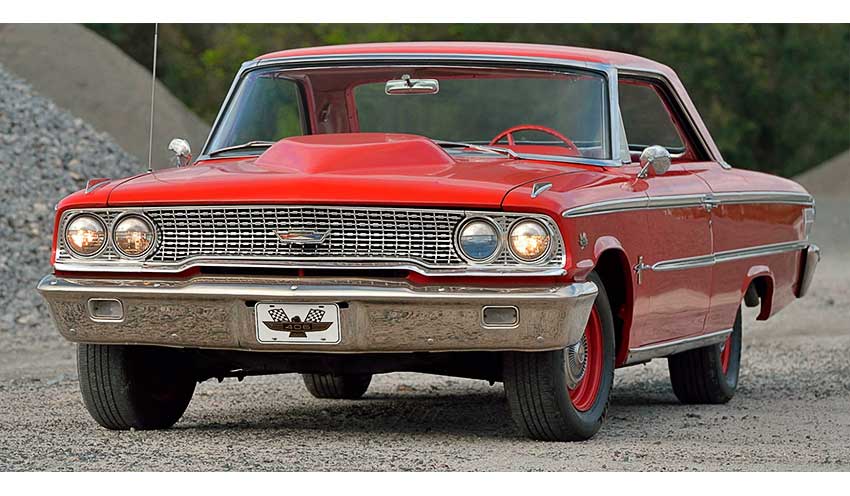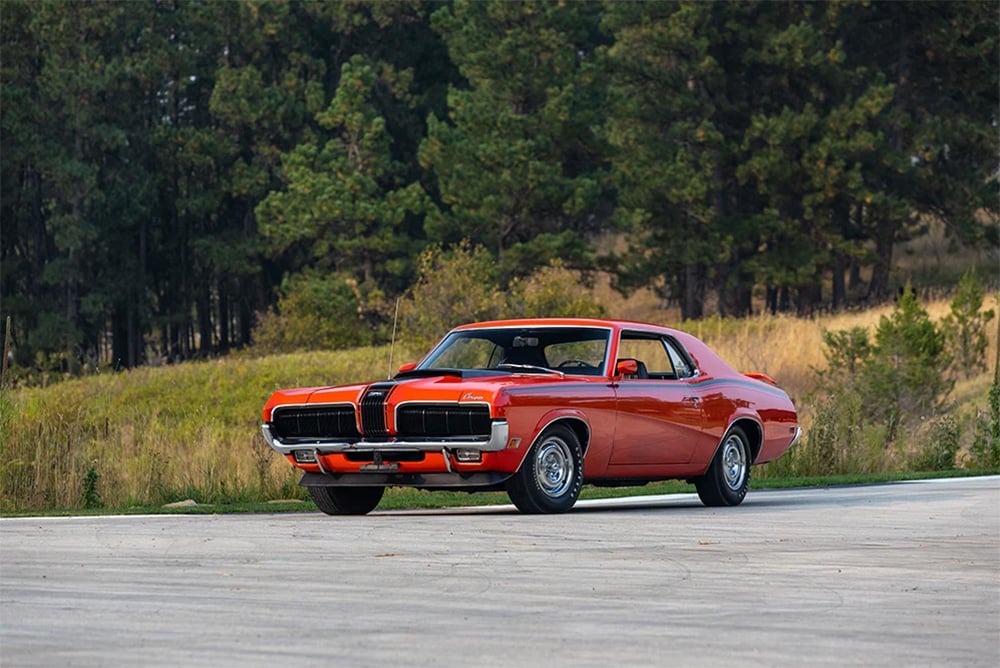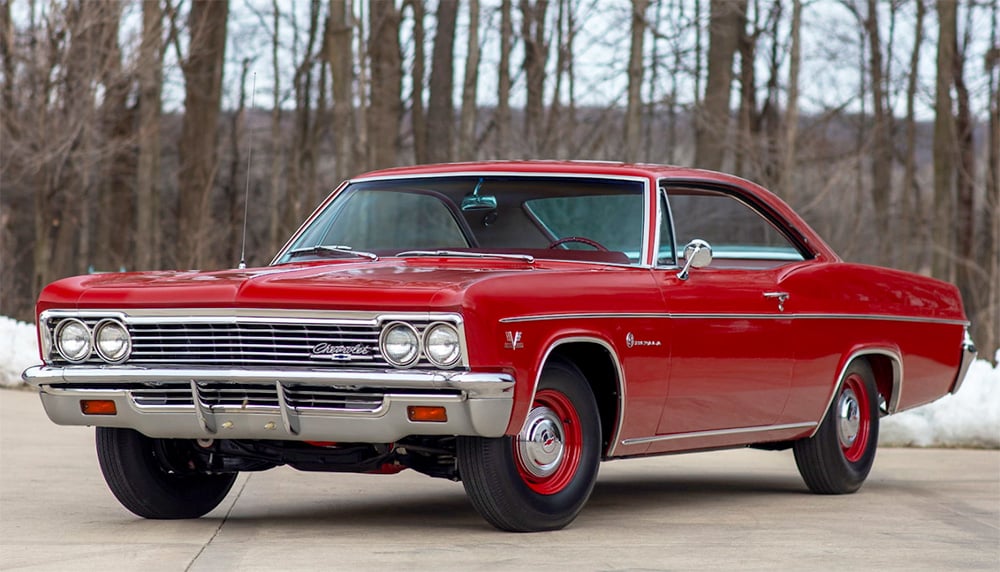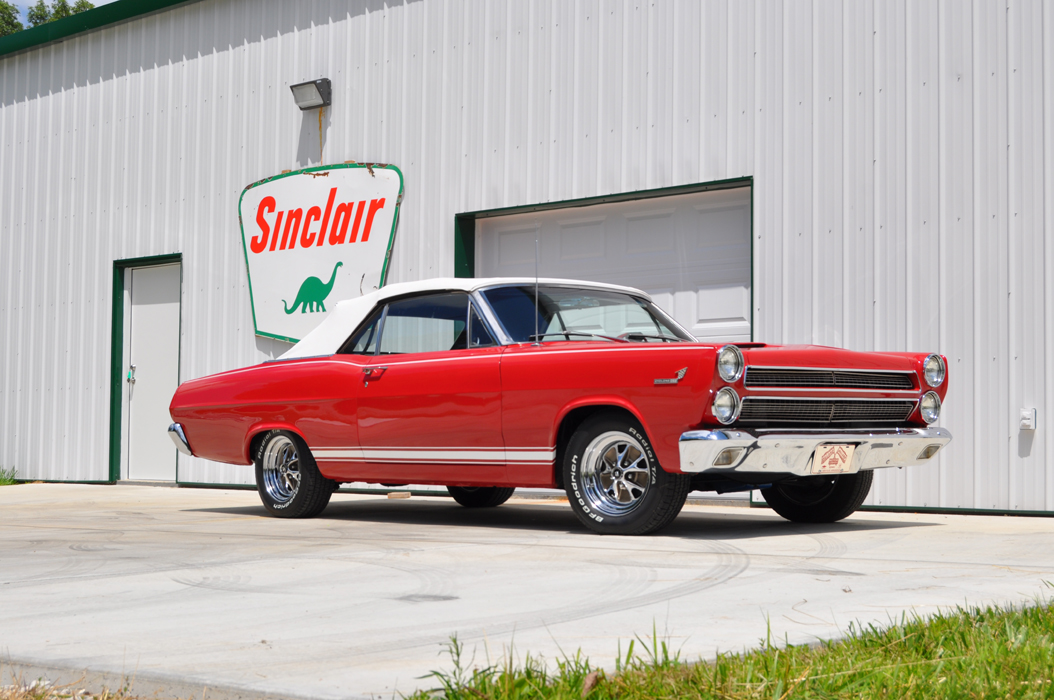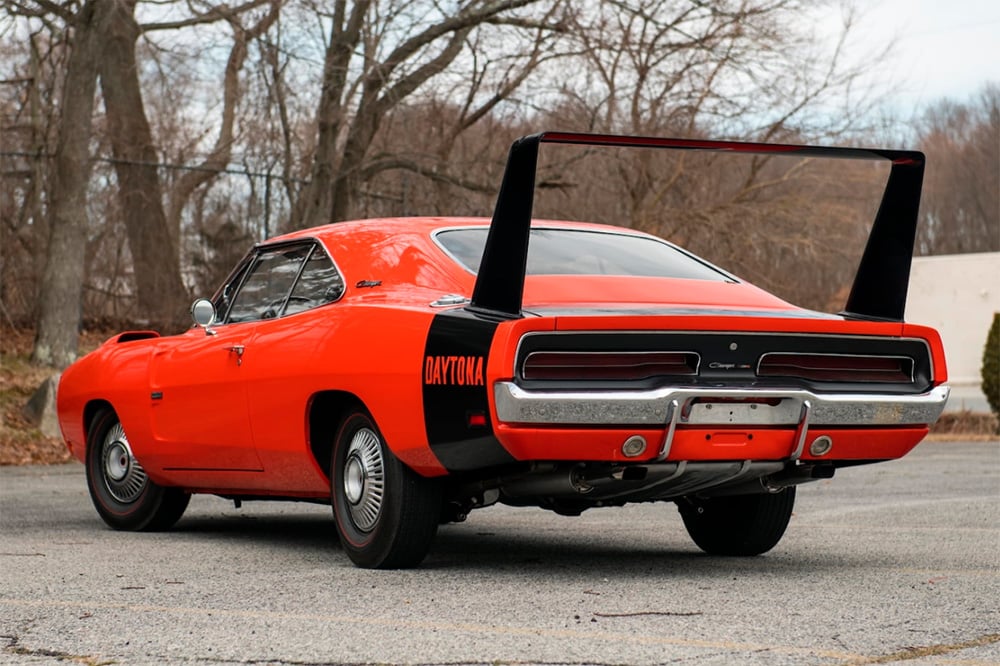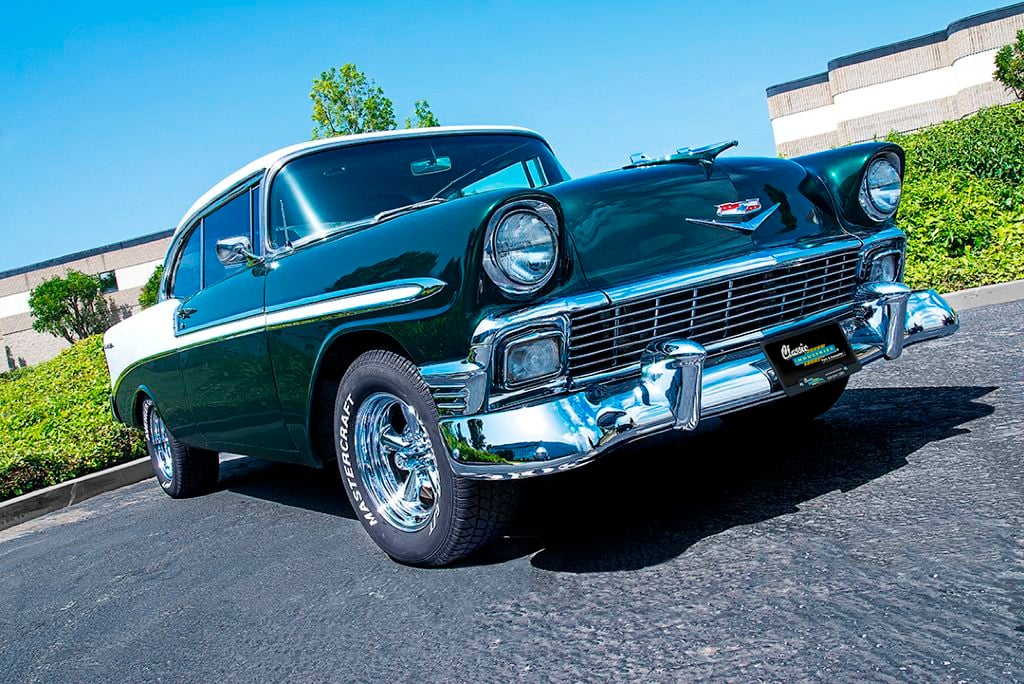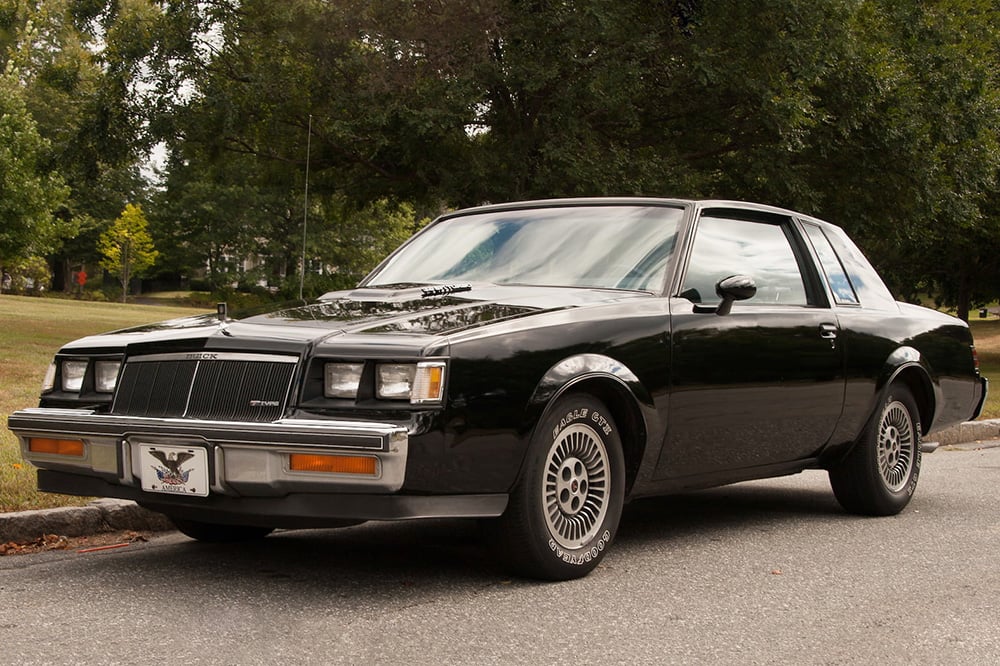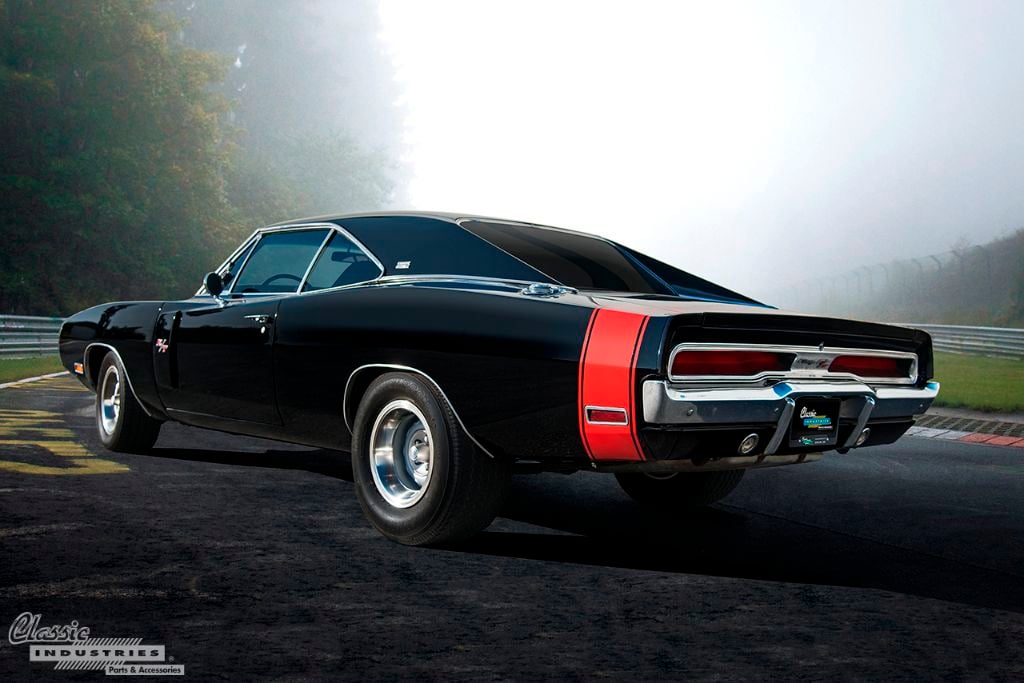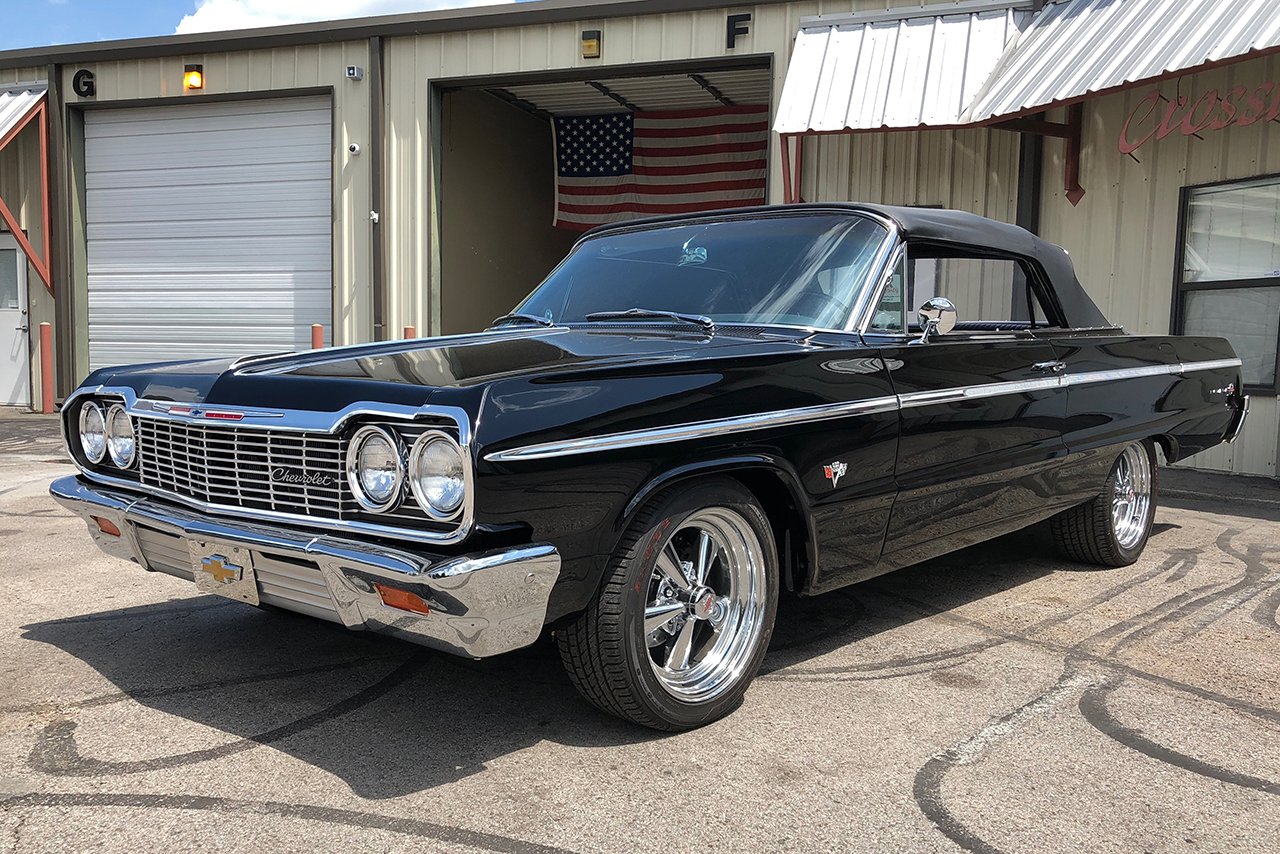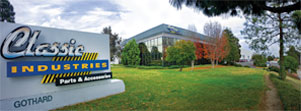Ford’s marketing team named the full-size Ford the Galaxie. This was an effort to capture some interest in the car with an association to the Space Race that held the attention of the U.S. during the 1950s and 1960s. For the 1959 model of the full-size Fairlane 500, the top of the line Galaxie name was added. The Fairlane models moved to an intermediate platform in 1962. Galaxie now encompassed the full-sized Ford offerings. Read on as we examine Ford Galaxie history across four generations from 1959-1974.



